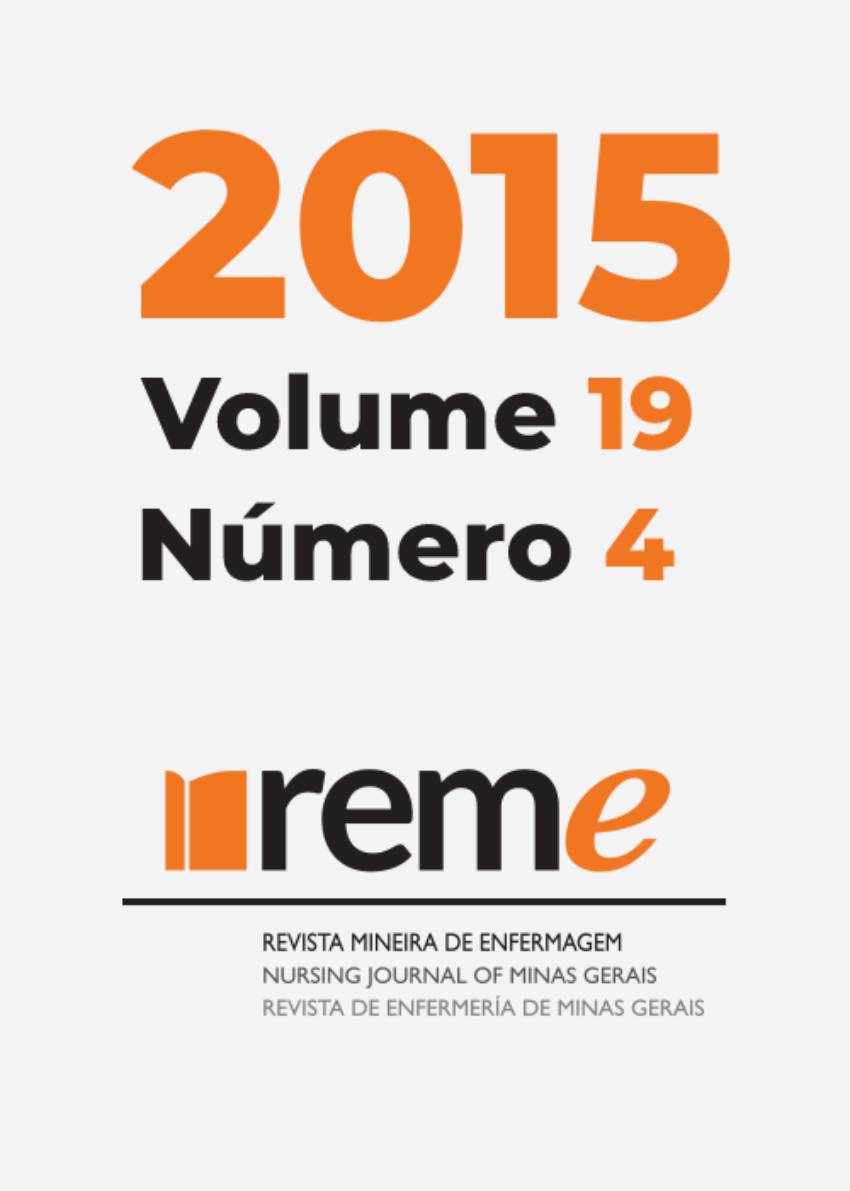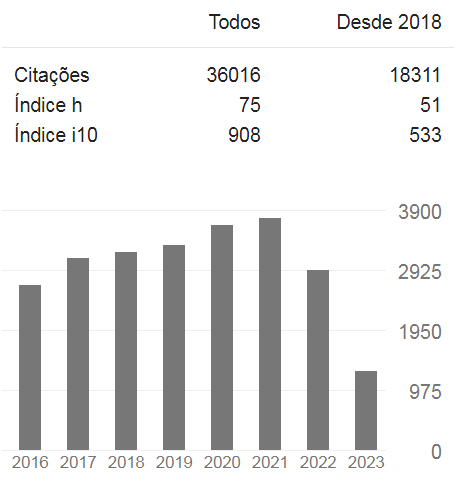The meanings of nonverbal communication in interviews for selection of professional nursing
DOI:
https://doi.org/10.35699/2316-9389.2015.50062Keywords:
Interview, Nonverbal Communication, Interpersonal Relations, Personnel SelectionAbstract
This study aims to better understand how nurses in management positions at a university hospital interpret the nonverbal signals of candidates being interviewed for employment as nurses. It is a descriptive research with a qualitative approach, which used semi-structured interviews collected from twelve nurses in management positions and six nurses in continuing education at a university hospital in São Paulo. Data were analyzed using Minayo's content analysis. Results indicated the most noticed nonverbal signals to be: The importance of presentation and personal care; eye contact; the tone of voice and manner of speaking. These data were interpreted as indicators of self-confidence, emotional balance and sincerity. It was concluded that the nurses' knowledge of nonverbal cues was insufficient. They noticed personal appearance, eye contact, tone of voice and posture, and attributed poor personal presentation and alteration in the tone of voice to signs of disinterest and insecurity or emotional leakage. Posture and gesticulation were taken as nervousness. The results reveal that nurses in this study have difficulty deciphering non-verbal communication and feel the need to develop the perception that power of communication to better performance in the selection of candidates.Downloads
References
Silva MJP. O papel da comunicação na humanização da atenção à saúde. Rev
Bioét. 2002; 10(2):73-4.
Birdwhistell RL. Kinesics and Context: essays body motion communication.
Philadelphia: Pennsylvania Press; 1970.
Corraze J. As comunicações não verbais. Rio de Janeiro: Zahar; 1982.
Moscovici F. Desenvolvimento interpessoal: treinamento em grupo. Rio de
Janeiro: José Olympio; 2003.
Knapp ML, Hall JA. Nonverbal communication in human Interaction. 7th ed.
New York: Cenage Leraning Academic Resource Center; 2007.
Spector PE. Psicologia nas organizações. 2ª ed. São Paulo: Saraiva; 2005.
Lunelli A, Treichel A. Recrutamento e seleção: como fazer uma entrevista.
Santa Catarina: Instituto Catarinense de Pós Graduação; 2008.
Peres MLC, Leite MMJ, Gonçalves VLM. Educação continuada: recrutamento
e seleção, treinamento e desenvolvimento, e avaliação de desempenho
profissional. In: Kurcgant P, coordenadora. Gerenciamento em enfermagem.
Rio de Janeiro: Guanabara Koogan; 2005. p.138-44.
Hospital São Paulo: quem somos? São Paulo; 2012. [Citado em 2014 dez. 16].
Disponível em: http: www.hospitalsaopaulo.org.br/index.php.
Minayo MCS. O desafio do conhecimento: pesquisa qualitativa em saúde. 8ª
ed. São Paulo: Hucitec; 2004.
Brasil. Ministério do Trabalho. NR 32 - Segurança e saúde no trabalho em
serviços de saúde. Diário Oficial da União, Brasília; 2011. [Citado em 2014 dez.
. Disponível em: http://portal.mte.gov.br/data/files/8A7C816A350AC882
EE29A3/NR-32%20%28atualizada%202011%29.pdf
Coutinho AP. Comunicação não verbal: aparência. Rio de Janeiro: UFRJ; 2000.
Ekman P. Emotions revealed: recognizing faces and feelings to improve
communication and emotional life. New York: Times Books Henry Holt and
Company LLC; 2003.
Cabral S. Técnicas de comunicação e informação. São Paulo: USP; (200?).
[Citado em 2014 nov. 10]. Disponível em: http://www2.esb.ucp.pt/twt/tci/
MyFiles/Meus Documentos/Texto1.pdf
Feyereisen P, Lannoy JD. Linguagem do corpo, gestualidade e comunicação.
In: Chanlat JF. O indivíduo na organização: dimensões esquecidas. São Paulo:
Atlas; 1993. v. 2.
Silva MJP. Qual o tempo do cuidado? Humanizando os cuidados de
Enfermagem. São Paulo: Centro Universitário São Camilo Loyola; 2004.
Burggoon JK, Guerrero LK, Manusov V. To appear. In: Knapp ML, Daly JA.
Handbook of interpessoal communication. 4th ed. Newbury Park, CA: Sage; 2011.
Mehrabian A. Nonverbal communication. Chicago: Aldine; 1972.
Braga E, Silva MJP. Comunicação competente: visão de enfermeiros
especialistas em comunicação. Acta Paul Enferm. 2007; 20(4):410-4.
Argyle M. Bodily communication. 2nd ed. Londres: Methuen; 1988.
Hall ET. Proxemics. Curr Anthropol. 1968; 9(2-3): 83-100.
Gala MF, Telles SCR, Silva MJP. Ocorrência e significado do toque entre
profissionais de enfermagem e pacientes de uma UTI e Unidade Semiintensiva cirúrgica. Rev Esc Enferm USP. 2003; 37(1):52-61.
Ramos AP, Bortagarai FM. A comunicação não verbal na área da saúde. Rev
CEFAC. 2012; 14(1):164-70.
Marschil PB, Sigafoos J, Kaufann WE, Wolin T, Talisa VB, Pokorny KDB, et al.
Peculiarities in the gestural repertoire: an early marker for rett syndrome? Res
Develop Disab. 2012; 33(6):1715-21.
Published
How to Cite
Issue
Section
License
Copyright (c) 2015 Reme: Revista Mineira de Enfermagem

This work is licensed under a Creative Commons Attribution 4.0 International License.






































